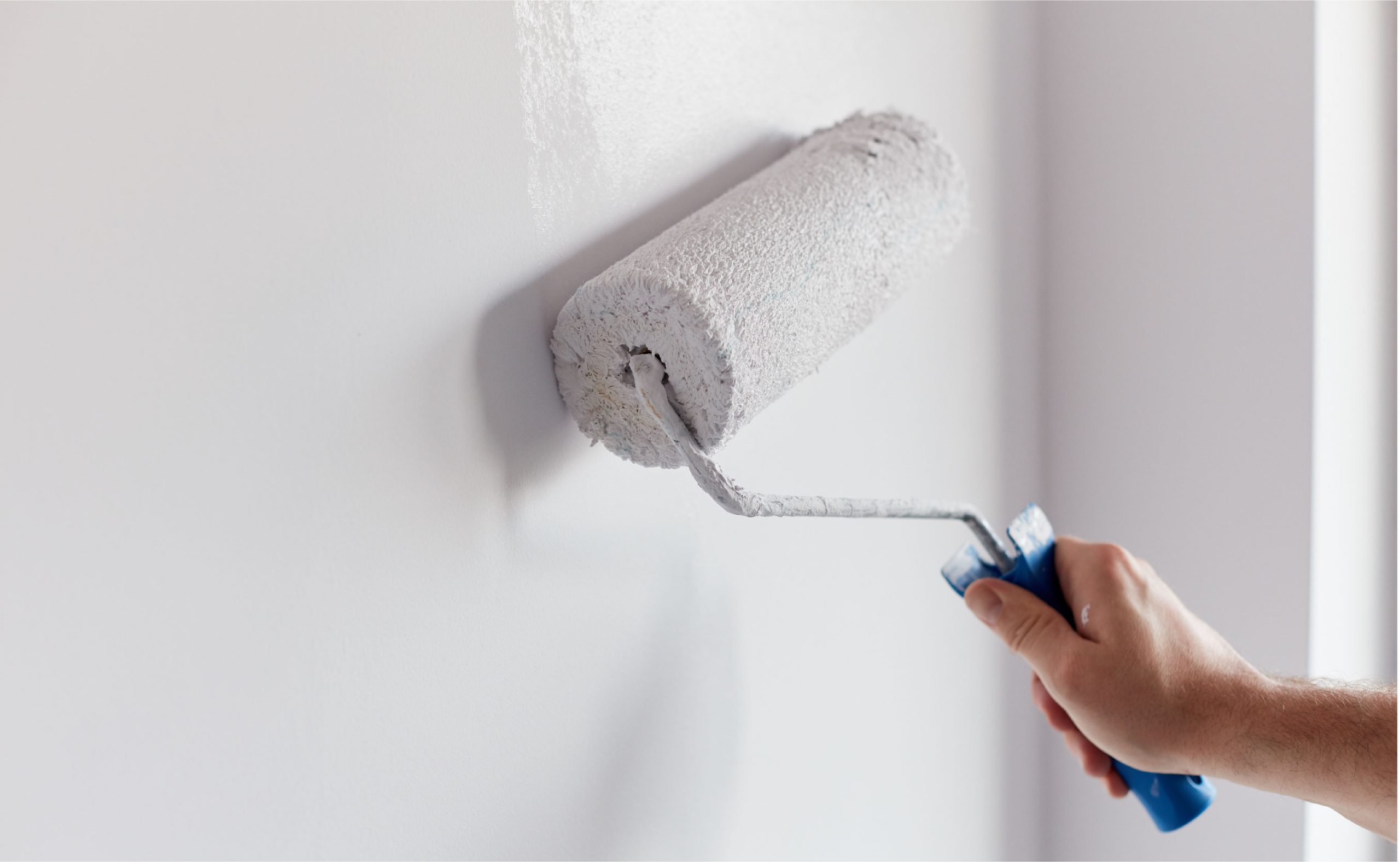Welcome to the world of home improvement, where a well-cared-for paintbrush becomes your trusty companion. At Handymen, we believe in empowering our clients with the knowledge they need to maintain their tools, ensuring not only a successful DIY project but also a sustainable and eco-friendly approach. We will walk you through the art of paint brush care, covering everything from immediate post-use cleaning to reviving old brushes. Let’s dive in!
Different Types of Paint and Their Challenges
Not all paints are created equal, and understanding their nuances is the first step in effective brush care. Water-based paints, oil-based paints, and specialty paints each bring unique challenges to the cleaning process. But let’s not forget stains—especially vital for wood projects like cabinets or decks. Stains require their own considerations for proper cleaning and care.
Immediate Post-Use Care
The secret to a long-lasting paintbrush? Immediate attention. Once you’ve put the finishing touches on your masterpiece, take a few minutes to clean your brushes. For water-based paints, warm soapy water does the trick; for oil-based paints and stains, mineral spirits are your go-to. Pro tip: removing excess paint or stain before cleaning makes the process even smoother.
Cleaning Based on Paint Type
Now, let’s delve deeper into the art of cleaning, tailored to the specific paint types you might encounter:
Water-Based Paints (Latex)
Water-based paints, often referred to as latex paints, are known for their easy cleanup. As soon as you’ve finished your project, grab your trusty bucket of warm, soapy water. Gently swirl the brush, ensuring that the soap penetrates the bristles. For stubborn spots, you can use a brush comb to tease out any remaining paint. Rinse the brush thoroughly, reshape the bristles, and let it air dry. A splash of fabric softener in the final rinse can keep the bristles soft and pliable.
Oil-Based Paints and Stains
Oil-based paints and stains, on the other hand, demand a bit more attention. Mineral spirits or paint thinners are your heroes here. Begin by wiping excess paint off the brush using a rag or newspaper. Dip the brush into the solvent, swirling it around to loosen the paint. If you’re dealing with a stubborn spot, you can use a brush comb or an old toothbrush to gently scrub away the residue. Rinse the brush in a clean container of solvent until all traces of paint are gone. Reshape the bristles and allow the brush to air dry.
Stains
Stains, often used for wood projects like cabinets or decks, have their unique challenges. Cleaning a brush after staining requires a delicate touch. Start by wiping off excess stain using a rag or newspaper. Then, soak the brush in an appropriate solvent – typically mineral spirits for oil-based stains or water for water-based stains. Gently agitate the brush to ensure the solvent reaches all the bristles. For water-based stains, a mixture of warm, soapy water works well. Rinse the brush thoroughly, reshape the bristles, and let it air dry.
By tailoring your cleaning approach to the specific paint type, you ensure that your brushes remain in prime condition for future projects. Remember, a well-maintained brush is a reliable companion on your journey of home improvement. Happy painting!
Storing Brushes and Rollers
Proper storage is the unsung hero of paint brush care. Hang brushes to prevent bending bristles and store rollers in plastic bags to maintain their moisture. Remember, a well-stored brush is a happy brush, ready for your next project.
Reviving Old Brushes
Unearth that forgotten brush in the corner of your garage; it might still have life left in it. Techniques for reviving old brushes range from soaking in vinegar to using specialized brush restorers. We’ll guide you through the process, helping you breathe new life into your trusted tools.
Eco-Friendly Disposal
Sustainability is at the core of our values. When it’s finally time to say goodbye to a brush, explore eco-friendly disposal options. Some local recycling programs accept paint tools, ensuring your used brushes find a new purpose.
You’re now armed with the knowledge to master paint brush care. Whether you’re a seasoned DIY enthusiast or just starting, these tips will not only save you money by prolonging your tools’ life but also contribute to a greener, more sustainable approach to home improvement. At Handymen, we encourage you to try these practices and, for those times when you need a helping hand, know that our team is always ready to share their expertise. Just stop on by our customer center and say hi. Happy painting!

